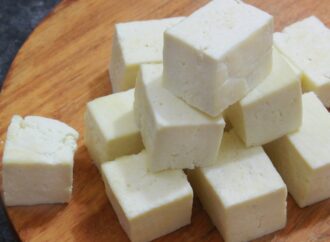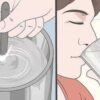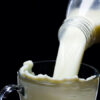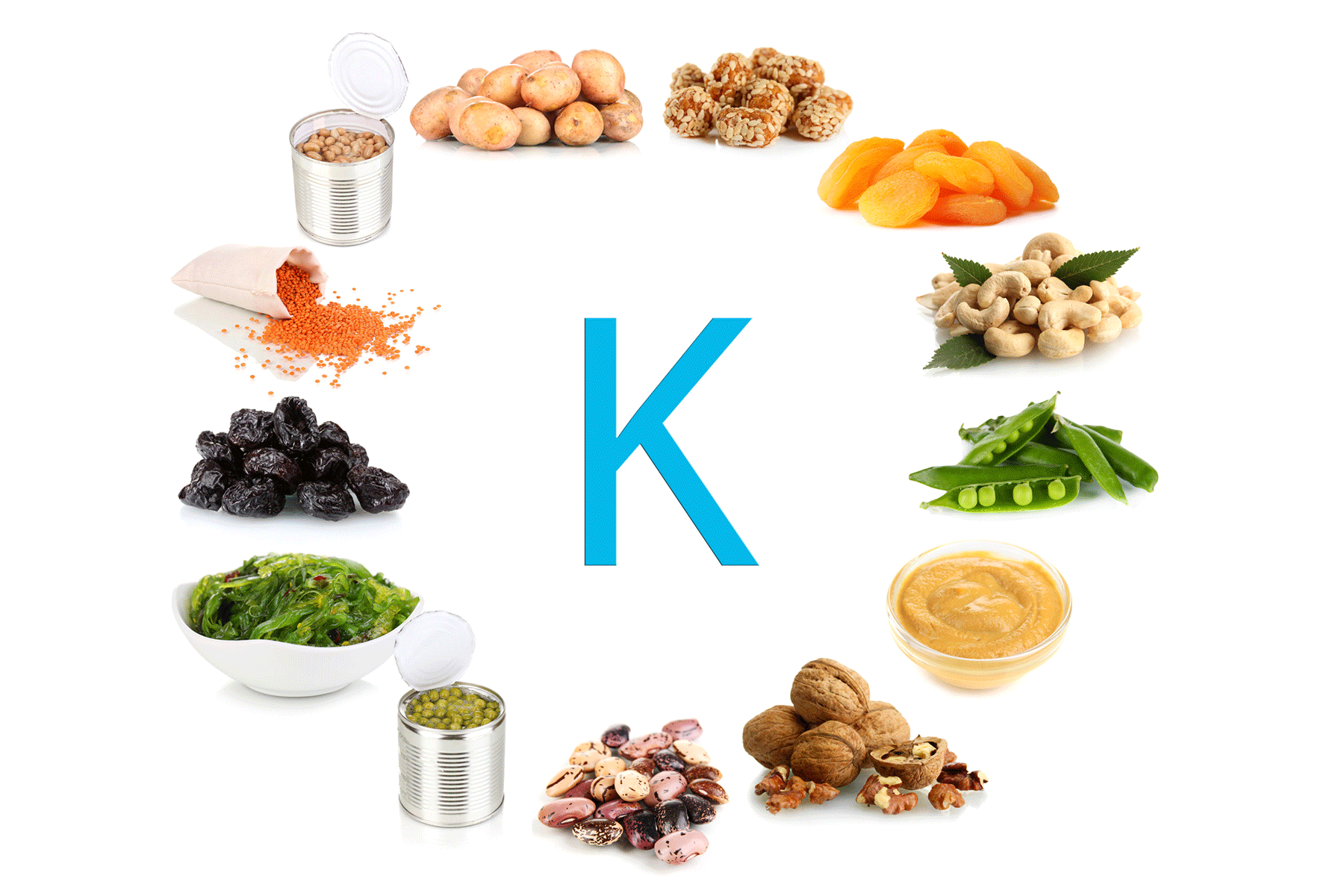 Preservatives are substances added to food to prevent it from “going bad”. Preservatives increase the shelf-life of food in different ways. While some protect the food by absorbing moisture, some prevent the growth of microorganisms, while some prevent fat from going rancid. Let us look at some common preservatives used in food and how it affects our body.
Preservatives are substances added to food to prevent it from “going bad”. Preservatives increase the shelf-life of food in different ways. While some protect the food by absorbing moisture, some prevent the growth of microorganisms, while some prevent fat from going rancid. Let us look at some common preservatives used in food and how it affects our body.
- Salt– Salt is one of the earliest known preservatives. It is an affective preservative because of its ability to reduce water activity of food. This reduces the growth of microorganisms in the food. However, too much sodium in food increases the risk of high blood pressure, heart diseases, and stroke.
- Calcium Phosphate – It is used to stabilize and thicken food. It is used to prevent the growth of lumps in baked goods, canned food, bread, and jelly. Excess of Calcium phosphate in. the body can cause several complications like risk of bone issues, formation of kidney stones, and gastrointestinal problems.
- Nitrites– These are preservatives are added to processed meat like bacon, ham, and sausages. Nitrites are primarily added to prevent the meat from “browning”. While Nitrites themselves are harmless, they tend to turn into nitrosamines, which are carcinogens.
- Sulfites – Sulfites are also used to prevent the browning of food. These are commonly used in dried fruit, wine, sausages, and cordial. Sulfites can cause allergy type symptoms and asthma attacks.
- Benzoic acid and Sodium Benzoate– These preservatives are used to preserve acidic foods like fruit juices and pickles. However, these preservatives are known carcinogens.
- EDTA– EDTA or ethylenediaminetetraacetic acid is a common food preservative used in canned foods, sauces, and soda. It prevents the food from getting oxidation and helps the food retain their original colour and taste. EDTA can cause nausea, headache, low blood pressure, fever, skin problems, and abdominal cramps. In extreme cases it can damage kidneys.
- Sorbic acid – Sorbic acid is used in wine, cheese, and as well as to preserve meat. Like many preservatives, it has microbial properties and helps prevent the growth of mold and yeast. Side effects of sorbic acid include headache, diarrhea, dizziness, nausea, increase in urination, and vomiting.
- BHA and BHT -Butylated Hydroxyanisole and Butylated Hydroxytoluene also act as antioxidants. It prevents food from getting rancid. These are typically found in margarine, spreads, and salad dressings. These are listed as possible carcinogens by WHO’s International Agency for Research on Cancer.
Listed above are some of the harmful preservatives used in packaged food. Some natural preservatives that can be used alternatively are ascorbic acid, citric acid, and vitamin E. While preservatives are helpful in increasing the shelf-life of food, and in the process prevents food from getting wasted, it also poses a great threat to our health. Processed food should be avoided as much as possible and consumption of fresh food should be encouraged to prevent the body from the harmful affects of these preservatives.
 Food Manifest
Food Manifest 



















Leave a Comment
Your email address will not be published. Required fields are marked with *